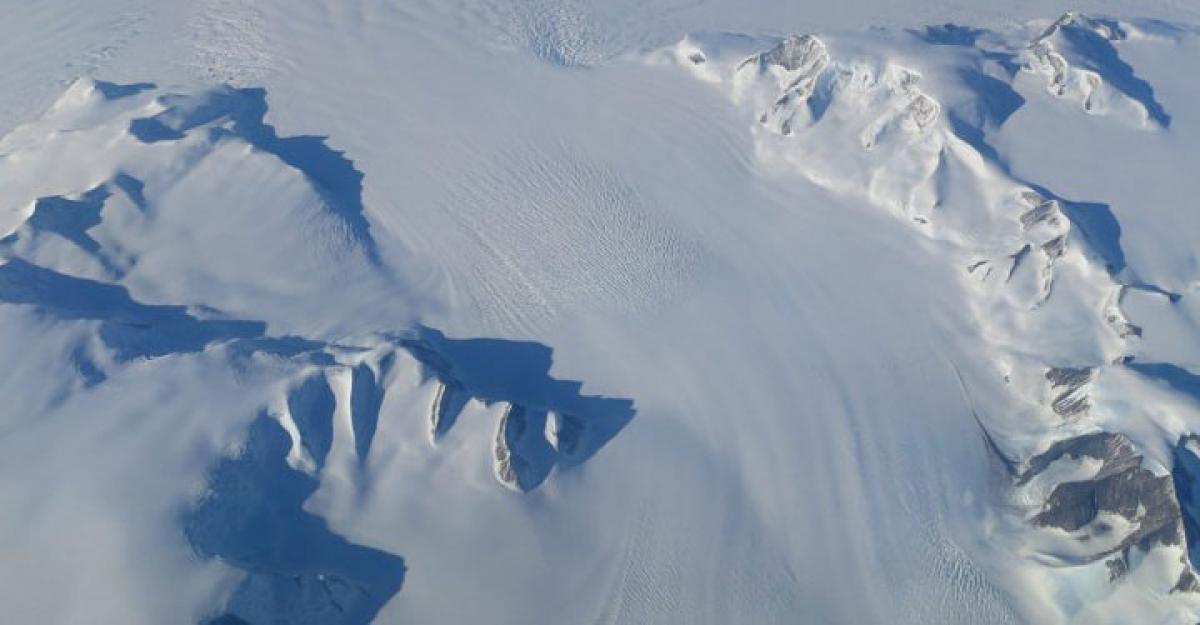Live
- Trump's proposed tariffs threaten North American jobs, says Mexican employers' association
- AP minister Savita pays tribute to Mahatma Jyotibapule on Death Anniversary
- Japan: Two die in fire at lawmaker's residence
- Navy braces up to deal with Cyclone Fengal brewing in Bay of Bengal
- Cake mixing celebrations held at KIMS College of Hotel Management
- Vijayawada CP inaugurates AP Police Sports and Games Meet
- Allu Arjun’s Special Tribute to Devi Sri Prasad at Pushpa 2 Event!
- Gold rates in Delhi today slashes, check the rates on 28 November, 2024
- Keep a tab on drug menace, says Collector Sarada
- Empowering women through drone training










